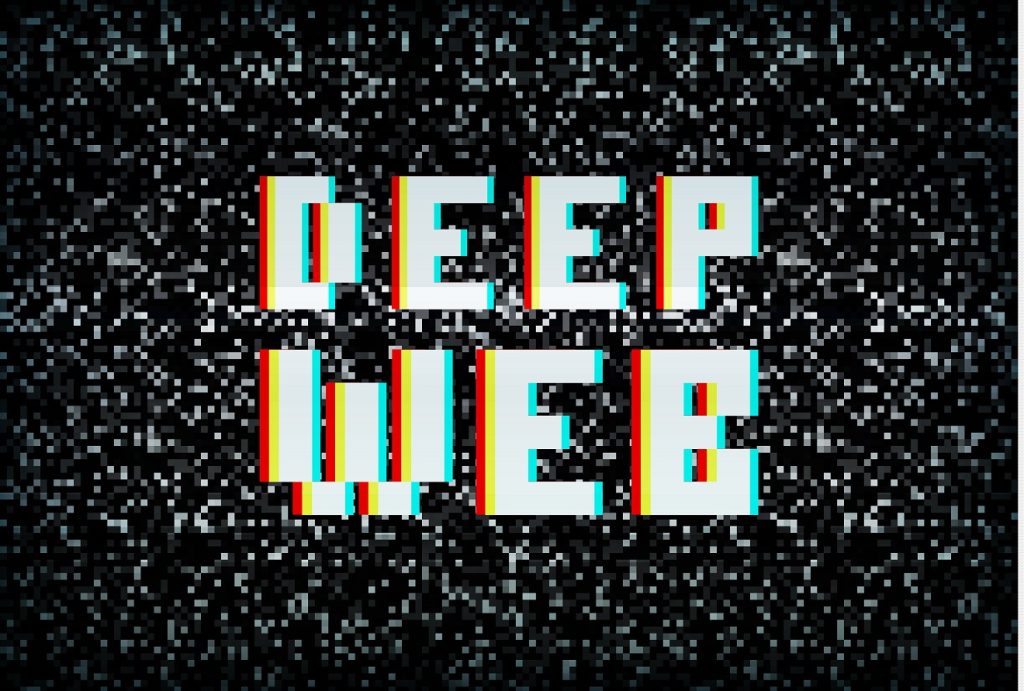Darkness for dummies: differences between the Dark Web and Deep Web
What are the differences between the Dark web and Deep web? If we compare the Internet to a city, we can distinguish different zones clearly. Just like a city, the Internet has secure zones and risky zones, fancy neighborhoods where you would like to live in and those areas where it´s better to don't hang out at night. Here we´ll explain to you how to distinguish between the visible and invisible Internet zones to surf safely.

The Clearnet
There is a lot of confusion out there about the differences between the dark web and deep web mostly due to the incorrect use that media have made of both terms. First of all, it is necessary to take a look at Clearnet.
You probably haven’t heard such a term before but, actually, it is the face of the internet that you use and see every day, in other words, it is the visible content or results that search engines like Google or Yahoo show you as search results.
You may think that most of the internet content is searchable through Google but, believe it or not, the Clearnet occupies just around 10% of the internet space. So, the general belief of Google as an infinite source of internet content is far away from reality.
Research by the University of California in Berkeley discovered that the Deep Web stores 91000 terabytes and continues expanding every day.
Demystifying the Deep Web
The biggest confusion arises when people refer to the Deep Web as the place where all kind of sites focused on illegal activities is located.
Even though the Deep Web can be a refuge for criminals, it also has a positive side, in fact, if a website is part of the Deep Web it doesn’t necessarily mean that it is illegal.
A major part of the website´s content is located in the Deep Web but that content is not indexed by the search engines. So, you will probably not find any links to get there just by a quick search.

Without noticing it, you use the Deep Web every day
30,000 thousand websites are hacked every day in the Deep Web. TOR browser offers the safest protocol to jump into the Dark Web and the Deep Web. The TOR project was created by a non-profitable group in 2006.
To put it clearly, let’s make an example. If you try to find your Facebook timeline just by searching on Google, you probably won´t get any results. The reason is that a huge amount of content on the internet has restricted access and cannot be tracked. We can also mention your e-mail inbox and those websites where the webmaster disallowed the indexation.
As you can see, the Deep Web is present in your most frequent activities online and it has nothing to do with a malefic zone full of cybercriminals.
7 Facts about the Deep Web
- The existence of Deep Web is due to the inability of search engines to index all Internet content. Search engines can access only 16% of the available information on the Internet.
- A part of the Deep Web is used by scientific institutions that belong to what is called the Invisible Academic Web that stores non-public scientific research.
- Most domains located in the Deep Web use .onion and .i2p extensions.
- In 2010, the information deposited in Deep Web was estimated at 7500 TB. The content hosted on Deep Web is 500 times greater than Clearnet and has more than 200,000 websites.
- The Bitcoin is the main currency used in the Deep Web.
- The Deep Web concept was created by the company Bright Planet. The Deep web is also known as Under-net.
- Into the Dark Web, you can find disturbing services and topics such as buying spirits of dead children or hitmen hiring.
Diving into the Dark Web?
When we talk about the differences between the Dark Web and Deep Web, things get a little bit darker or maybe not so much. First of all, we must mention that the Dark Web is a small portion of the Deep Web (0.1%) that is hidden and cannot be accessed with conventional browsers such as Chrome, Safari or Firefox.
To access the Dark Web, it is often necessary to use non-standard communication protocols and ports. To jump into the Dark Web you must use programs like Tor which are capable to connect to the structure of darknets that are part of the Dark Web. Since most of the content in the Dark Web is hidden intentionally and difficult to track, it is very uncommon to find websites with illegal content.
4 security tips to explore the Dark Web
1. Use a VPN to not be tracked. Using Tor is a good way to surf anonymously.
2. Do not download any files. Usually, many files in this environment contain malware.
3. Keep your firewall on and update your antivirus before jumping into the Dark Web.
4. Cover or disconnect your webcam lense. You never know who is watching you.
Anyway, this does not mean that all the websites in the Dark Web are illegal. Actually, Facebook has its own version in the Dark Web: www.facebookcorewwwi.onion with more than 1 million users. The popular and controversial Wikileaks is another website living in the Dark Web.
Besides the differences between the Dark Web and the Deep Web, they share some similitudes regarding the type of content which makes them inaccessible for search engines. Check out some of them:
| Content type | Description |
|---|---|
| Limited access content | Websites which can be accessed only using JavaScript links. |
| Dynamic content | Dynamic websites that use forms for filtering access. i.e. captcha |
| Pages without Inbound links | These pages block the search engine robots and possible indexation. |
| Programmed content | Pages which are accessible only by using JavaScript links. |
| No HTML content | Codified multimedia content or file formats that cannot be read by the search engines except programs like TOR. |
| Private web | All those websites where a password is needed to log in. |
| Contextual web | Web pages that vary according to the context using parameters such as client addresses or previous visits. |
Although the myths about Deep Web continue to scare many internet users, the truth is that, contradictorily, the websites probably could not provide privacy to their users without the hidden places of the Deep Web.
Healthy differences between the Dark Web and Deep Web
As you can see, the differences between the Dark Web and Deep web are not only based on their visibility but in the healthy distribution of the information over the internet.
It is true that some criminals can use the advantage of being almost anonymous in the Dark Web to lead illegal activities and this should be stopped as soon as possible, on the other hand, without this distribution of the internet, probably we will not be able to manage tons of information and keep our privacy safe.



